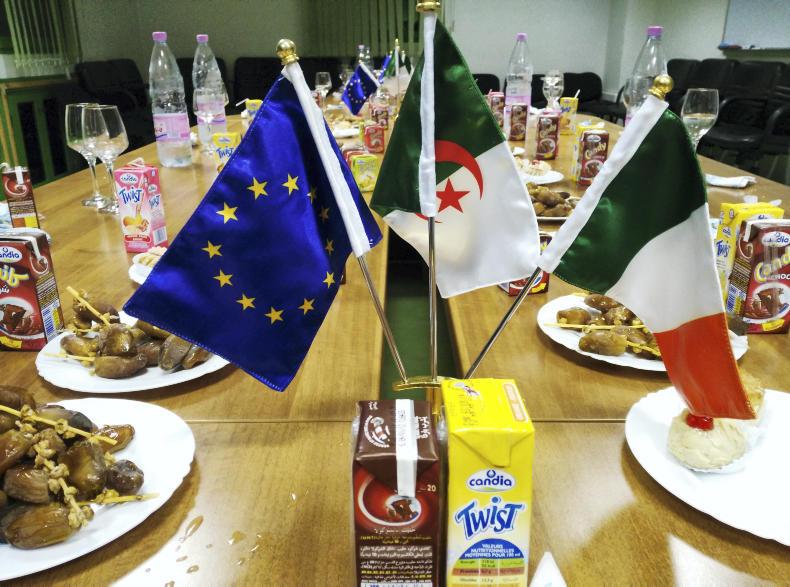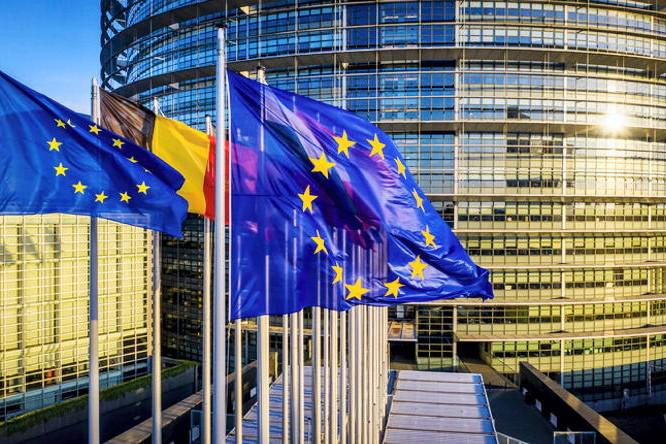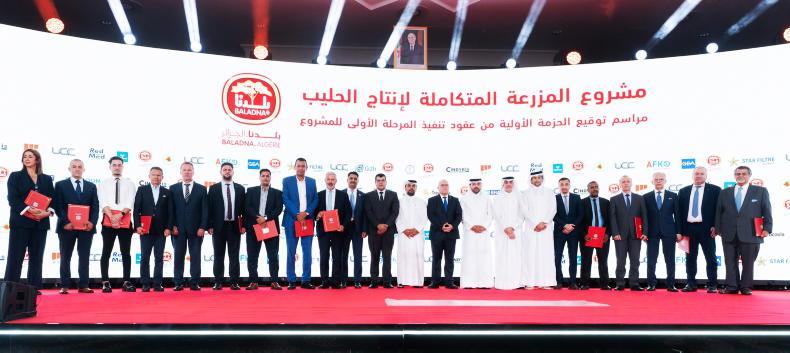In the wake of Brexit, all other markets are being explored by Irish exporters. North African countries are targets for some of our largest exporters.
In recent months, the Algerian live-export market opened for Ireland. However, total imports of live cattle have decreased dramatically in recent years from 100,000 head in 2013 to an estimated 40,000 or less in 2015.
Imports are only permitted from countries that have World Organisation for Animal Health BSE-controlled risk status. Animals are quarantined either in the port or within 50km of it upon arrival and are subject to an import tariff of between 5% and 30%.
Irish animals sent there must be under 24 months of age if going for direct slaughter or under 18 months if destined for further feeding. They are also subject to a 30-day quarantine before leaving Ireland.
One of the traders visited there and has recently built a compound on about 2.5 acres for holding animals. He brings in over 6,000 cattle each year. The Department of Agriculture said in meetings with its counterparts in Algeria, officials on both sides agreed on the first steps in applying for access for Irish sheepmeat to Algeria.
Last year, Ireland exported €41m worth of food products to Algeria – mostly cheese (62%), but also whole- and skim-milk powders. The Algerian population is expected to grow from 40m to 48m by 2030.
In the first eight months of 2016, the value of Irish exports to Algeria grew by 39%, driven by a quadrupling in whole-milk powder exports. While there was a drop in both the value and volume of butter exported there over the same period, 2015 butter exports (€2.3m) significantly outstripped their average export value of €800,000 in the previous five years.
Algeria is the second-largest importer of dairy products in the world. Ireland already provides 4.5% of milk powder and 23% of cheese imports there.
“The Algerian market is importing about 400,000t per year of dairy,” said Ornua’s regional sales manager for North Africa, Saliha Bey, who is based in Algeria. “They are doing a lot of work to promote local production. Algerians are very sensitive in terms of prices, but, at the same time, they consume 120kg/capita.”
The country is experiencing a growth phase at the moment, with inflation at about 4% per year (GDP).
Private companies such as Tchinlait import milk powder to produce UHT and flavoured milk products. Kieran Duggan, Glanbia regional sales manager for North Africa, has been working with Tchinlait over the last few years.
Huge leaps
“It’s a sophisticated processing industry and making huge leaps forward in terms of their best in practice,” Duggan said. “The way they handle themselves in terms of conducting business, what I have found in the last four years is that they are very mature. They use the word ‘serious’ or ‘direct’. In terms of our ability to do business together, they are actually quite compatible.”
However, he added that there are barriers to trade with Algeria, which trade missions can help to come around.
“They have a three-month maximum age of product in shipping from Ireland. We have a seasonal production campaign, so that challenges us at certain times of the year. Competitiveness is always going to be an element – we are in the world market.”
Listen to interviews with dairy buyers and sellers in Algeria in our podcast below:
Listen to "Irish dairy in Algeria" on Spreaker.
The trade mission to North Africa from 2 to 7 November also visited Morocco. Live exporters and dairy companies – such as Dairygold, Glanbia and Ornua – were on the trip with Department officials and a strong Bord Bia presence.









SHARING OPTIONS